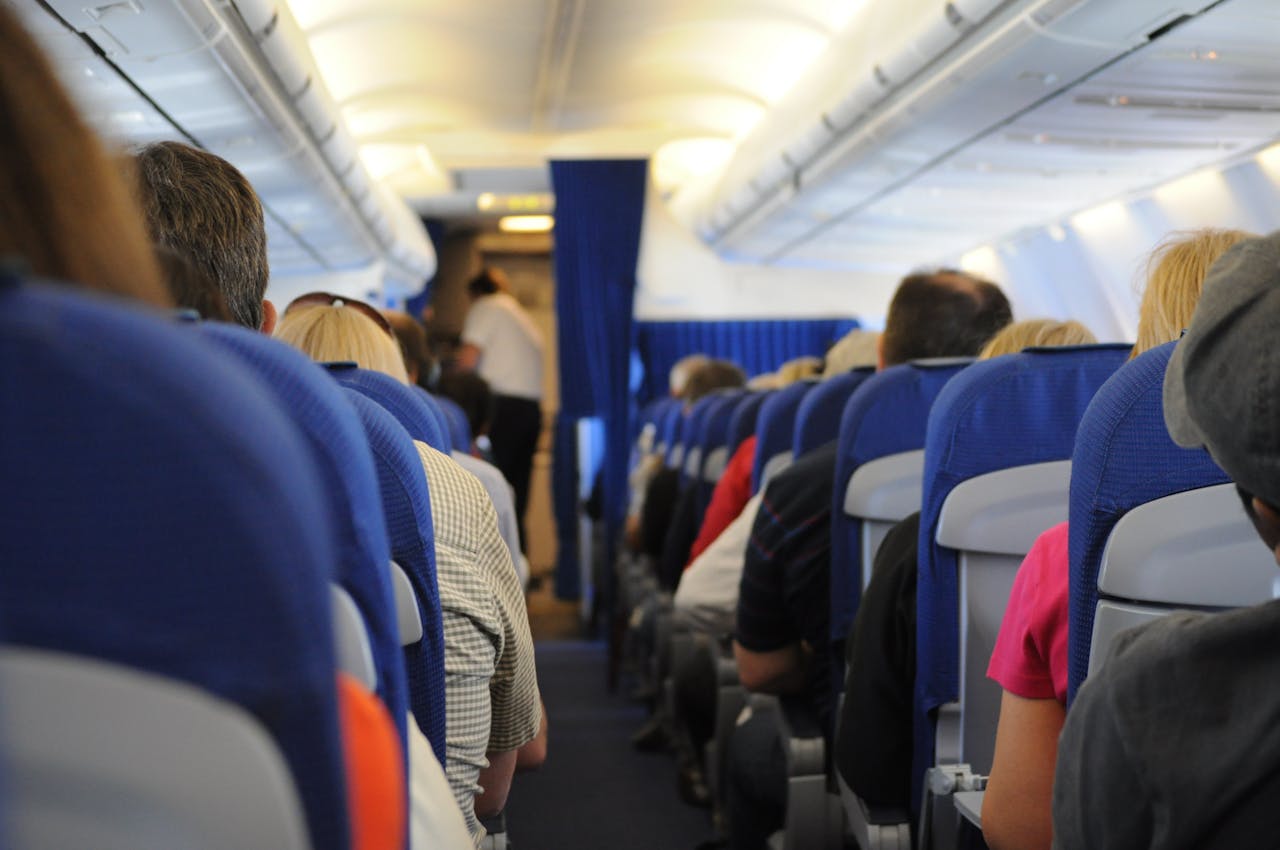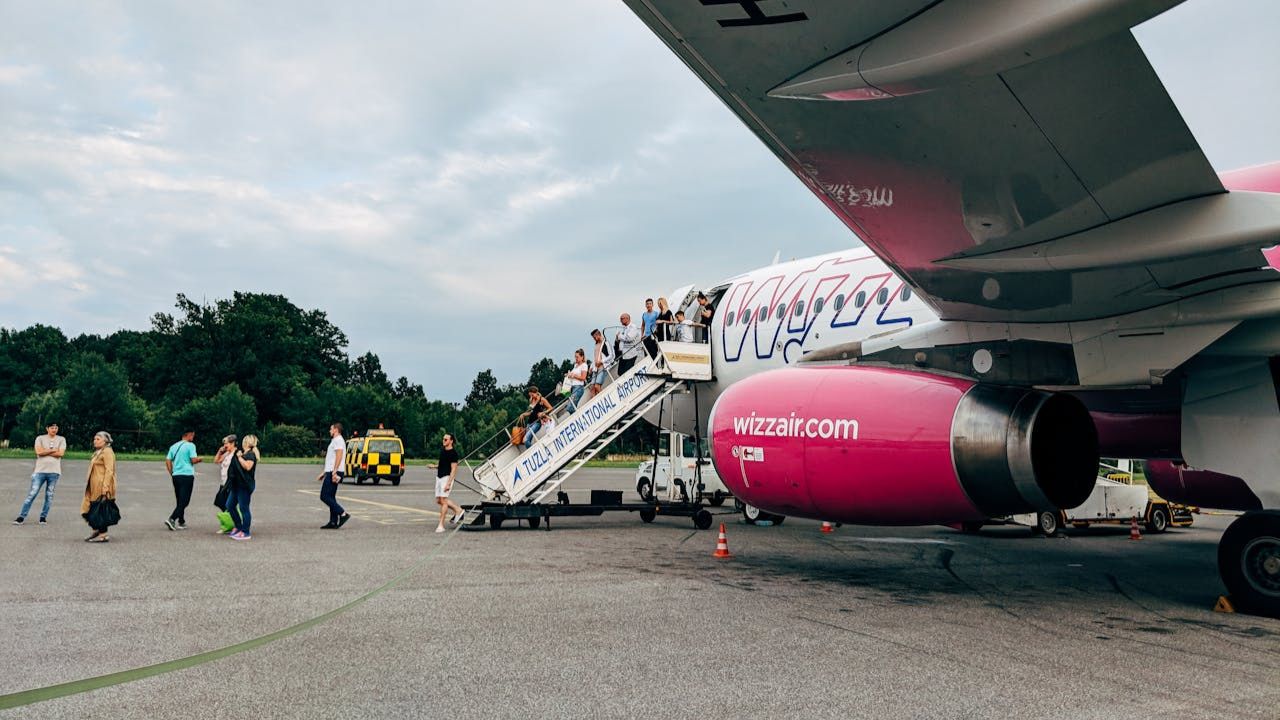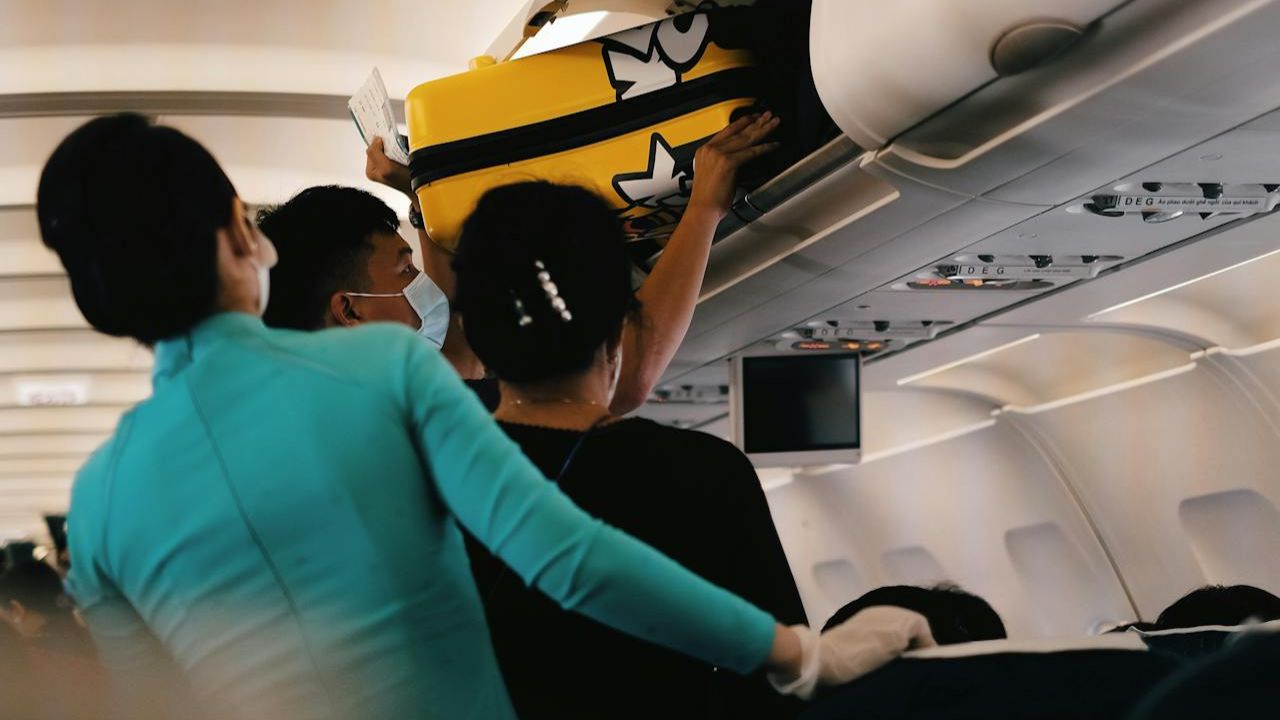Overhead bins look simple. Yet most boarding problems start there. On a full flight, every second in the aisle matters. A single oversized roller can freeze an entire boarding group. An unlatched door can delay departure while crew reshuffle bags. Misplaced coats waste space. Lithium batteries packed the wrong way create safety risk. Flight attendants see these patterns every day and they have a playbook that works.
This guide gathers those best practices in one place. You will learn how to size and load a carry-on. You will see what belongs under the seat. You will know when to expect a gate check. You will practice moving kindly and fast. Use these habits for a better shot at bin space. Boarding becomes calmer. Pushback stays on time.
Know your bag and the bin you are using
Most U.S. airlines allow a carry-on close to 22 x 14 x 9 inches, wheels and handles included. Measure at home. Use a tape, not a guess. If the number is close, test the bag in a store sizer or a cardboard template you cut yourself. Oversize bags cause last-minute gate checks and slow the entire cabin.
Bins are not all the same. Older cabins have shallow doors. Newer cabins are deeper and designed for a specific orientation. On many planes, wheels-first and upright saves the most space. Some Airbus cabins prefer bags on their sides. Watch how the crew loads the first few suitcases and copy that pattern. A correct orientation can make room for one more bag in the same bin.
Hard-sided luggage loads cleanly and holds its shape. Overstuffed soft duffels bulge and block the latch. If you travel with soft bags, use packing cubes or straps so the shape stays compact. That one step can be the difference between a clean latch and a bin that refuses to close.
What belongs overhead and what stays at your feet

Think of the overhead as shared space for hard-sided carry-ons. Small backpacks and totes usually live under the seat in front of you. They must not block anyone’s path to the aisle. If your bag bulges into the aisle at an aisle seat, turn it or put it overhead.
Coats and hats should wait until most suitcases are in. Lay a coat flat on top of your own bag, not in an empty bin by itself. One puffy jacket can take the space of a full suitcase. If everyone treats the bin like a closet, boarding slows.
Keep essentials with you under the seat. Headphones, medication, passports, a small snack, and your laptop are better within reach. Reopening bins during taxi causes delays and can be unsafe if the door is not latched again.
Follow battery and pet rules. Spare lithium batteries and power banks ride in the cabin, never inside checked luggage. If you are forced to gate-check a carry-on, remove the battery pack and keep it with you. Pets do not belong in an overhead bin. Small animals travel in a ventilated carrier that fits under the seat and stays there for taxi, takeoff, and landing.
Board like a pro and keep the line moving
Set yourself up before you step on the plane. Keep your phone or boarding pass in one hand and your suitcase handle in the other. As you reach your row, step into it first. One smooth lift is better than two half lifts. Place the bag in the orientation the crew prefers. Close the bin gently and move out of the aisle.
Load above your own row when possible. Do not push forward to stash a bag in the first open space you see. Forward bins are often reserved for those seats. When you take that space, people in those rows are forced to walk backward to find room, which slows everyone.
Let the crew fix problem rows. If a door will not latch, a flight attendant may rotate your bag or move it two rows away. Do not argue. A closed door is a safety requirement. Heavy items also need care. If your carry-on feels unusually dense, ask for advice. Extremely heavy objects can shift in turbulence and are not good candidates for the overhead.
Be ready for planeside tags on small aircraft and older regional jets. Those bins may not accept standard rollers. Remove your batteries, keys, passport, medication, and electronics before you hand off the bag. On arrival, you will usually collect it right at the jet bridge, not at baggage claim.
Smart luggage needs a quick step too. If the battery is removable, pop it out before a gate check and keep it with you. Mobility aids and required medical equipment have priority in cabin stowage. The crew may clear space for those items. Expect that and help them make room.
Land smoothly and leave like a team

When the aircraft parks, wait for the seatbelt sign to turn off. Stand up, then open the door slowly with one hand on the bin and one on your bag. Items shift in flight. A careful open protects your neighbors from falling coats or totes. Hand anything that slides back to the owner. Courtesy makes deplaning faster.
Gather your under-seat bag and check the seat pocket. Close the bin after you take your suitcase so the next person can move. Step into the aisle only when your row is ready to exit. Everyone gets out sooner when the line flows instead of bunching up.
The simple formula to remember
Measure your bag. Load the way the crew loads. Keep small items under the seat. Remove batteries if a bag is gate-checked. Let bin doors latch cleanly. Share space, stay kind, and keep moving. If most travelers follow that formula, overhead bins stop being a bottleneck and boarding feels calm instead of chaotic.


